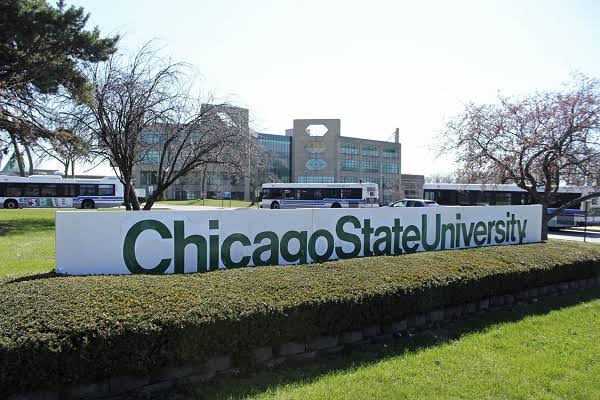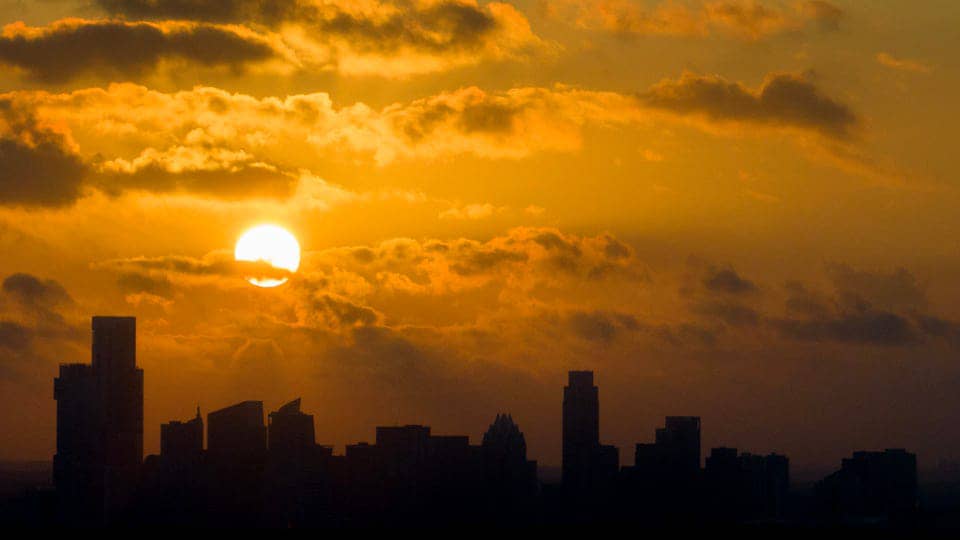Discover the alarming increase in gun violence incidents during the Fourth of July holiday in the United States, with mass shootings and killings at unprecedented levels.

The Fourth of July, a day of celebration and patriotism in the United States, has unfortunately gained a troubling distinction over the past decade. On average, the nation has witnessed five mass shootings on this day, more than any other day of the year.
A comprehensive analysis of Gun Violence Archive data conducted by James Alan Fox, a researcher from Northeastern University in Boston, reveals that July 4th has seen over 50 shootings with four or more victims hit by gunfire.
Tragically, last year’s Fourth of July was marred by a devastating incident in Highland Park, Illinois, where a gunman armed with a semiautomatic rifle opened fire on a parade, resulting in the deaths of seven people and nearly 50 others being wounded. This year, the community plans to hold a somber remembrance ceremony and walk the parade route in a subdued manner, without floats or performers.
While the Fourth of July holiday approaches, the United States is grappling with an unprecedented surge in gun violence, which has reached historic highs exacerbated by the COVID-19 pandemic. A recent USA TODAY/Suffolk University poll of 1,000 residents reveals that seven out of 10 Americans believe that crime is “out of control” in the country.
Despite early indications of a decline in overall firearm homicides, researchers are witnessing a disturbing acceleration in mass shootings, mass killings, and frequent episodes of gunfire on school grounds. Additionally, incidents of armed robberies, carjackings, and road rage are on the rise in various cities.
According to Andrew Morral, director of the National Collaborative on Gun Violence Research at the RAND Corporation, firearm homicide rates in the United States have skyrocketed in recent years. This sharp increase, reminiscent of the crack cocaine epidemic of the early 1990s, has led to a level of firearm homicides unseen in over three decades. Simultaneously, firearm suicides have been steadily increasing for the past 15 years, surpassing levels not witnessed in over half a century.

In 2020, fatal gun violence saw a rapid surge, largely attributed to the hostile political environment, societal disruptions caused by the pandemic, and a nationwide racial justice movement. The Centers for Disease Control and Prevention (CDC) reported that gun deaths in 2021 reached the highest recorded number for the second consecutive year, with nearly 49,000 deaths. Shockingly, gun violence became the leading cause of death for children and teens, accounting for over half of all deaths among Black teenagers.
While partial, provisional CDC data indicates a decline in gun homicide rates in 2022, the nonprofit Gun Violence Archive reports a 5% decrease in gun violence deaths and injuries so far this year, as stated by Mark Bryant, the executive director.
However, despite these hopeful signs, other forms of gun violence appear to be increasing. Incidents of gunfire and brandishing on school grounds surged in 2021, reaching an all-time high in 2022, according to the K-12 School Shooting Database. Furthermore, David Riedman, the lead researcher, warns of a concerning trend where arguments escalate into shootings outside of school buildings, dismissal times, and sporting events — periods when “few schools have an emergency plan.” Although schools are investing in fortifying entrances and classrooms, only a small fraction of the more than 300 shootings that occurred on school campuses last year happened inside classrooms.
Disturbingly, the year 2023 has already witnessed over 300 mass shootings, where four or more victims were hit by gunfire. This represents a 14% increase compared to the previous year, according to the Gun Violence Archive. Mass killings, which encompass mass shootings resulting in the deaths of four or more individuals, are also on the rise.
At the midpoint of 2023, the number of mass killings surpassed those seen in any other year since at least 2006, according to a mass killings database compiled by USA TODAY, The Associated Press, and Northeastern University.
Of particular concern is the surge in mass killings occurring in public places. Typically, the United States experiences around six public mass shootings in a given year, with the highest number ever recorded at ten. However, this year has already witnessed seven such incidents.
Researchers have proposed various theories to explain the alarming trends in gun violence. Some attribute it to mental health issues, decreased law enforcement engagement, the proliferation of gun ownership, permissive gun laws, or a general rise in societal aggression.
Daniel Webster, director of the Center for Gun Violence Prevention and Policy at Johns Hopkins University, suggests a correlation between the trends and the increased presence of firearms in various settings, growing mistrust in government, and heightened cultural hostility. The beginning of the pandemic witnessed a historic surge in gun purchases, accompanied by a rise in the number of individuals carrying guns outside their homes.
Moreover, Andrew Morral notes that researchers also link the rise in suicide rates to a broader category of “deaths of despair,” which are associated with widening economic inequality, wage stagnation, and other forms of economic insecurity stemming from globalization.
Addressing The Issue Of Gun Violence In The United States
Researchers have put forward a range of potential solutions to combat gun violence. These include the implementation of red flag laws, waiting periods, comprehensive background checks, permit-to-purchase requirements, and minimum age restrictions. Evidence suggests that these measures can effectively reduce certain forms of gun violence. Importantly, there is strong public support for many of these policies, as highlighted by Ali Rowhani-Rahbar, interim director of the Firearm Injury and Policy Research Program at the University of Washington.
Investments in community services and violence intervention programs are also crucial to tackling the issue. Community-based initiatives can help prevent violence and promote safer environments, while secure firearm storage measures can reduce the risk of unintentional firearm deaths and youth suicides.
Furthermore, researchers emphasize the need for detailed and comprehensive data collection to gain a deeper understanding of gun violence and develop effective strategies to address it. Unfortunately, there have been significant challenges in data collection. The Federal Bureau of Investigation (FBI), responsible for compiling nationwide crime reports, faced obstacles in 2021 when it transitioned to a new reporting system. As a result, only approximately 65% of law enforcement agencies submitted data, and key information was missing from major cities such as New York, Los Angeles, and Chicago.
Efforts must be made to rectify these data collection issues and improve collaboration between law enforcement agencies and the FBI to ensure accurate and reliable reporting on gun violence incidents.
As the Fourth of July approaches, the United States faces an alarming surge in gun violence. The statistics reveal a concerning increase in mass shootings, mass killings, and various forms of gun violence. Understanding the underlying factors contributing to this surge is vital in formulating effective solutions.
Proposed measures such as red flag laws, background checks, and community intervention programs show promise in reducing gun violence. However, comprehensive data collection is essential for informed decision-making and the development of targeted strategies.
It is imperative for society to come together, prioritizing the safety and well-being of all individuals, to address the pervasive issue of gun violence and work towards creating a safer future.




